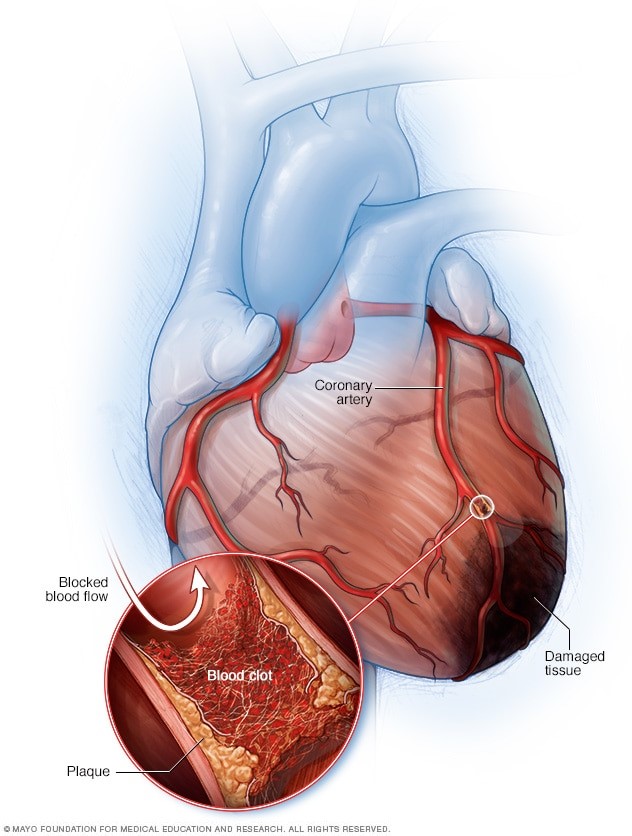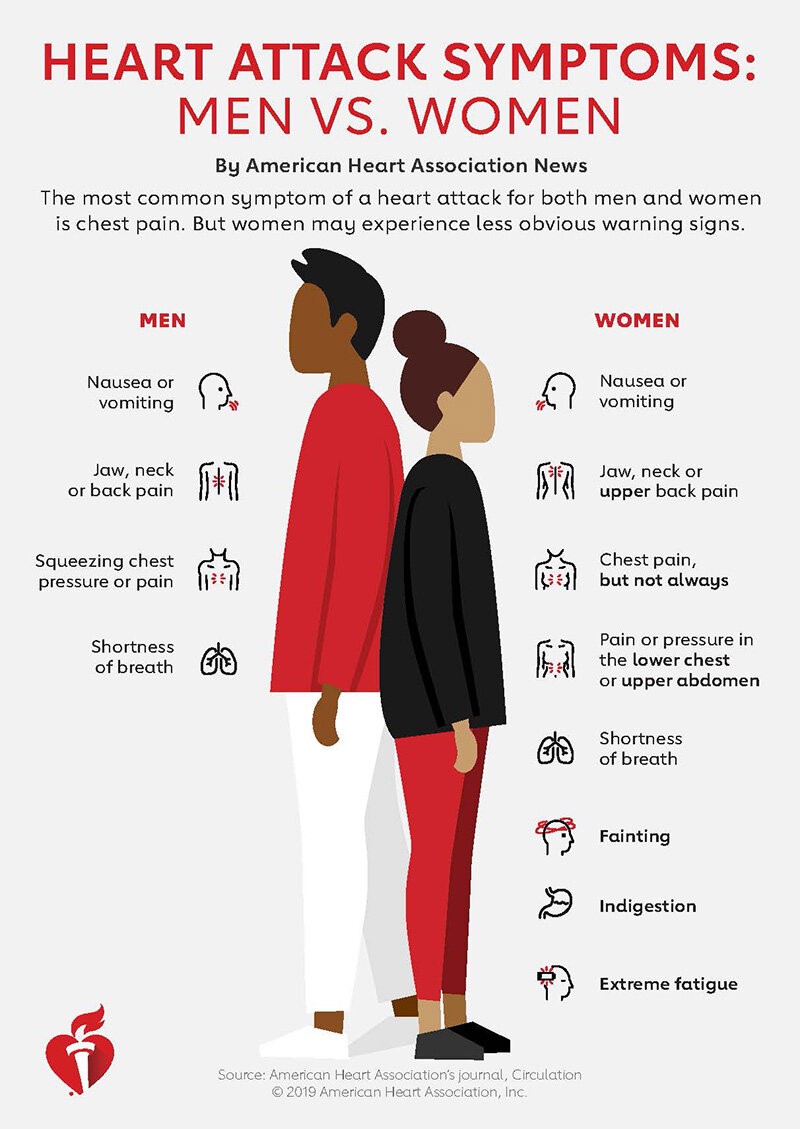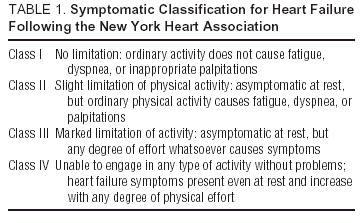Heart attack symptoms in men and women
What is a heart attack and why does it occur? A heart attack is described as blockade of blood flow to the heart. There can be various reasons including compilation of unabsorbed fat. As a result, the transportation of blood in the arteries is interrupted resulting in the attack. A basic diagrammatic representation is shown below.

Symptoms in both men and women
Following are some common symptoms of heart attack in men. It is important to be aware of them to prevent serious medical conditions.
- Breath Shortness
This is a prime symptom in both genders. When an attack is experienced, it becomes hard to walk small distances. This condition can worsen at a rapid rate and immediate medical condition is recommended.
- Nausea and Dizziness
If you are feeling like throwing up or your head is spinning, it may be a warning sign for a potential heart attack risk. There is a loss of consciousness and light faintness is experienced.
- Pain in left arm and jaw
Pain in the left arm may be due to an inappropriate sleeping posture. At times, people sleep with their left arm under their head resulting in blood flow stoppage. It can also be a sign of potential heart attack. If you are finding it hard to close your left hand, it is a strong sign of a cardiac issue.
- Sweating without a reason
Men usually sweat more than women due to higher body temperatures. Sweating without weather interference is a heart attack symptom. It is highly recommended to consult a cardiologist if continuous sweating is experienced.
Symptoms of heart attack in the female gender only
Some symptoms of heart attacks are apparent in females only. Some of them are listed below.
1. Weakness and fatigue without a reason
At times, females experience severe weakness which adversely affects their ability to perform basic tasks. This may be due to mensural cycles or menopause. Another reason is a potential heart attack. Fatigue along with weakness increases the risks of heart problems.
2. Severe ache between shoulder blades
This symptom is found specifically in women. The area between the left and right shoulder blades becomes extremely stiff. In worst cases, it becomes impossible to lift either hand for a physical activity. This feeling is experienced for a minimum span of 30 to 45 minutes.
3. Continuous chest uneasiness
Apart from irregular heartbeats, women experience continuous pinch in the chest in case of a heart attack. This pain can be more severe for aged women.
A comparative analysis of heart attack symptoms between genders is shown in the image below.
Getting immediate medical help
Delaying medical help is the biggest blunder if you witness any of the heart attack symptoms. To be on the safe side, it is important to be clear about the warning signs. In this way, you would know when to approach a cardiologist. The following video provides further awareness and clarity about possible symptoms

Preventable heart attack causes
Some causes of heart attack can be prevented as they are under human control
1. Diabetes
People who have diabetes carry a higher risk of experiencing heart attacks. Keep a check on what you eat during the course of the day and avoid meals with high sugar content. High consumption of starch should be avoided.
2. Active Smoking
Smoking increases the risks of heart attacks by more than 100% in both genders. It thickens the arteries restricting the flow of blood. When the situation worsens, fatal heart attacks are experienced.
3. Abnormal Stress
Everyone has a busy life and exhaustive work hours contribute to increase in stress. It is important to keep a check on stress levels as they result in heart attacks. Exercising is a good way to keep the situation under control. People who work out sweat more and are able to combat stress more effectively.
4. Fat increase
It is important to keep your weight under check at all times. With age, the chances of losing weight decrease. Along with that, obese people have more chances of ending up with heart problems.
Heart Attack causes that cannot be prevented
At times, heart attacks cannot be prevented. Some reasons are listed below.
1. Heart problems run in generations
If your father or grandfather had recurring heart problems, there are high chances that they would be passed on to you as well. If you fall in this category, get regular medical checkups to avoid serious complications.
2. Menopause
In women menopause is a natural process that occurs in the later ages. It results in weakening of bones and arthritis in worst cases. This problem may also lead to heart attacks.
Heart attack classifications
It is not necessary that you may experience severe chest pains or lose the ability to complete any physical activity in case of an attack. There are different levels which hamper movements and body functionality.

As the above table shows, there are four classes of heart attacks.
Class 1
People who experience Class 1 attacks do not face problems in performing basic physical activities. There are normal palpitations which do not reach extreme levels. Fatigue is caused only when exhaustive activities are performed.
Class 2
This the second level which restricts individuals in terms of physical activities. You would not be able to perform certain tasks like brisk walking or jogging, Fatigue will be experienced in case or normal day to day tasks.
Class 3
An individual experiencing level 3 attack will be unable to perform most physical tasks. Patients are strongly advised to stay in a condition of rest in such cases.
Class 4
This is the highest level of severity and individuals are unable to perform even basic physical tasks. In medical terms, this is an emergency and delay in medical assistance can result in death.
References:
https://www.mayoclinic.org/diseases-conditions/heart-attack/symptoms-causes/syc-20373106
https://medicalxpress.com/news/2019-10-woman-heart-health.html